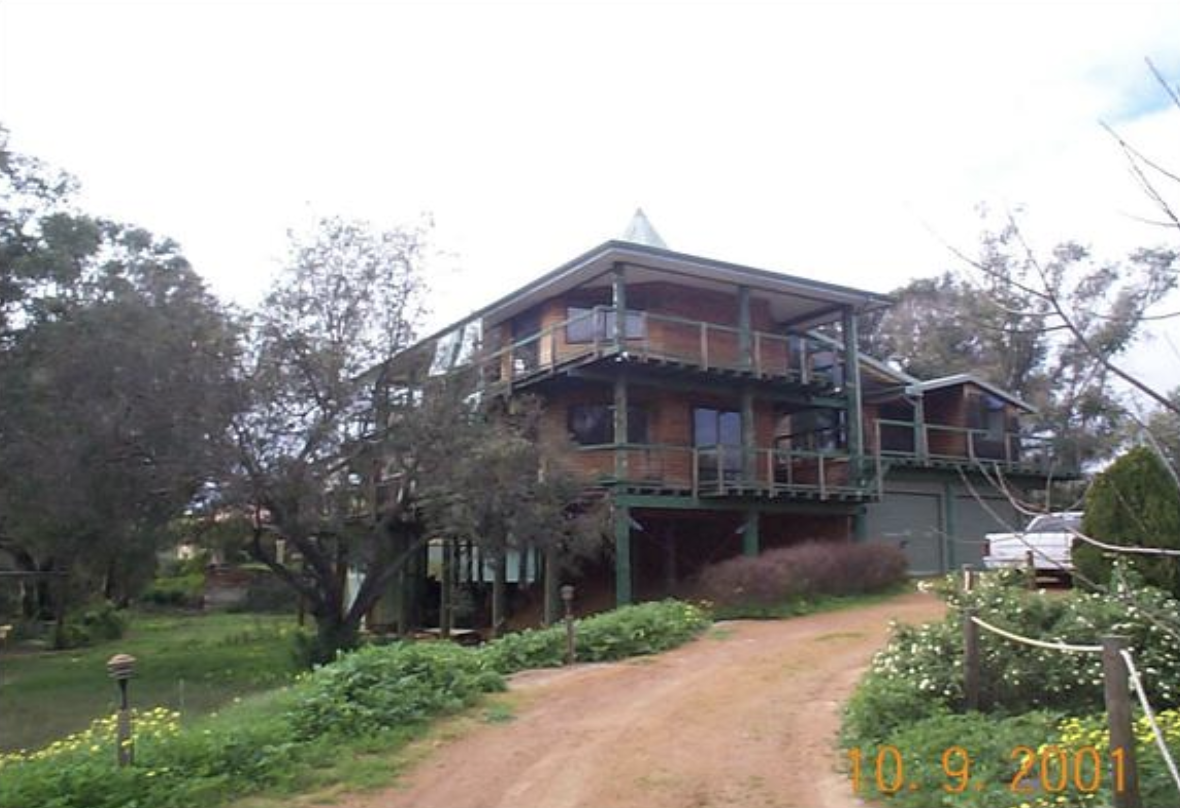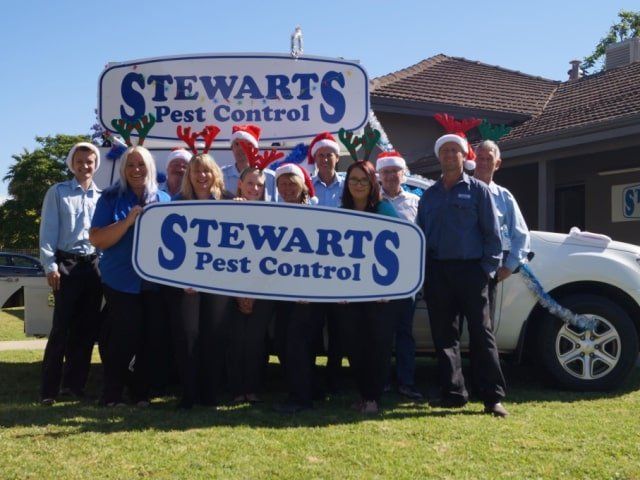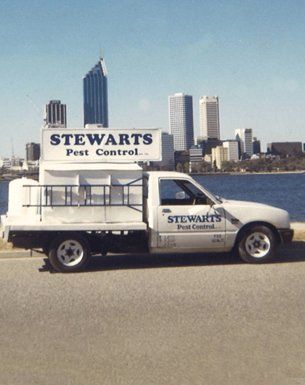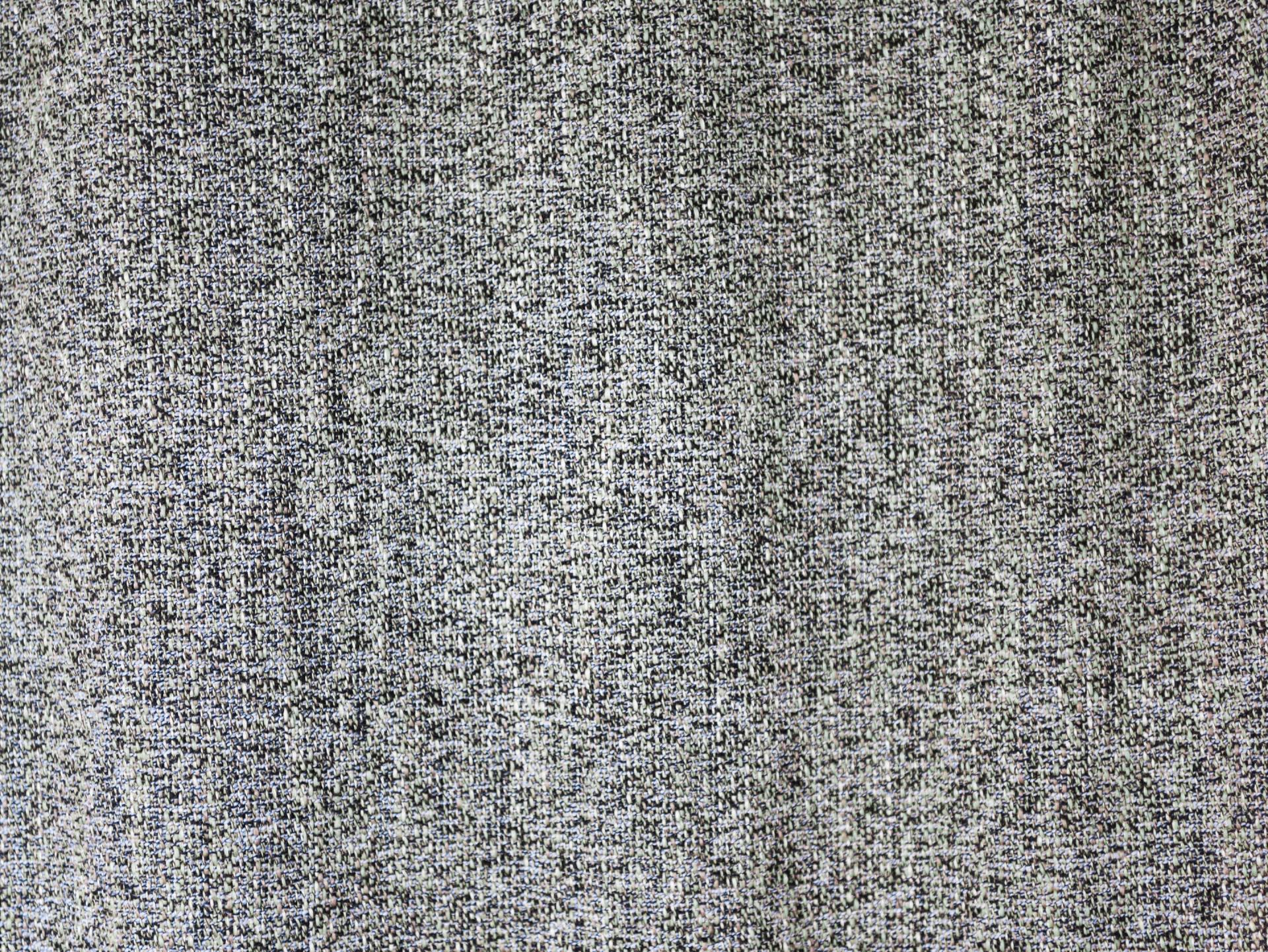
Recently I had found an infestation of variegated carpet beetles at my house. If it had not been for the fact that I work for a Pest Control Company then I would have not thought much of their larva. To determine if they are present in your house the easiest way to check is the carpet edging up against the wall for the larva.
Once I had realized that I had carpet beetles, I spring cleaned the house, vacuuming every room and had the carpets steam cleaned. Then one of our operators came in and treated all areas of the house including the roof. The roof may seem like a weird place for the beetles to get into but the our experienced operator informed me that they always seem to get into the roof. He was right too because a few days later on a table where there was a small crack in the cornicing of the roof I found dead larva that had fallen threw.
The encounter with this pest was not a pleasant experience; I count myself lucky that only minimal damage was caused because of the fact of early detection. I have bug specimens at home that were stored in a spare room. These specimens were literally turned to dust by the larva breeding and eating the dead bugs. A large number of beetles were found around this area. Unfortunately for many people it is more important items like flooring rugs and pillows or bedding that gets attacked.
Once carpet beetles have been detected treatment is essential, ignoring the problem will not make then go away, they will just increase in number and attack more aggressively. To discuss treatments or to find out more information contact us.
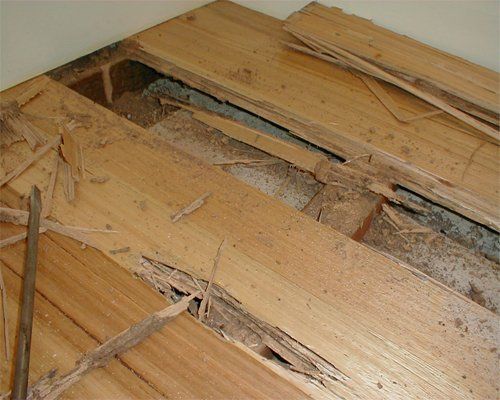
Wood flooring over concrete or other floors are a disaster waiting to happen!
Although very attractive, comfortable and easy to clean, parquetry and other decorative wood floor finishes layed on concrete or other surfaces can be a termite trap waiting to happen. Even if there has been a termite treatment carried out on the building, there is still a large risk of having more termite damage than if there were no wood over concrete or other floors.
Stewarts are getting an increasing number of people each week with the problem of termites eating their expensive decorative wood flooring. With the popularity of this type of floor covering increasing, it will be a problem for StewartS and building owners to contend with for many years.
A large portion of the problem lies with the original building design. Although a building may be built properly with its concrete or wooden floor, the design of a concrete floor building does not facilitate the problems that may occur with a wooden floor.
The Australian Standard for sub floor clearance in a wooden floor building is a minimum of 400 ml. This is to aid and allow access for Inspectors and their services (ie. Electricians, Pest Controllers, Plumbers, etc) although more importantly, the floor clearance aids air circulation which helps stop dampness, mould, fungus, rot and creates a less desirable place for termites.
Concrete floor buildings when built to the Australian Standards should have no problems with dampness, mould, fungus and wood rot. When you put a wooden floor over the concrete floor without the required space for air circulation or inspection etc., you open the door for a build up of dampness, mould, rot, fungus and termites.
Along with the above problem when termites have unrestricted access under or in between the wood layers, they can go anywhere in the building the wood floor takes them and be undetectable.
The wooden floor might not be of interest to the termites as a food source, but use it to obtain a more desirable source of cellulose food.
If the concrete floor is insufficient, has construction faults or cracks that the termites can enter through, finding the entry point of the termites or placing an adequate termite treatment, usually will result in destroying the wooden floor.
This can be a Pest Controller’s nightmare trying to track down termite entry points and secure a termite barrier, not to mention the building owners anguish and frustration.
Stewarts have found in most situations with modern concrete floor homes, termites have been able to breach the termite treatment or physical barrier to gain access to the decorative wood floor. In past experiences, it has been from an area where there is a join or break in the continuos concrete floor surface which usually occur with additions and alterations to the original floor.
Decorative wood floor problems with industrial or public buildings are far worse with no requirement at all for these buildings to have termite treatment or physical barriers when built. The nature and the way these buildings are constructed also allows for easier access of termites.
Stewarts have had clients with termite infestations in decorative wood flooring in many different situations like:
- The second floor of an office building in West Perth
- The sprung and suspended floor of a large indoor sporting club in Armadale
- The display window of a store in Hay Street, Perth
- The dance floor of a night club in Northbridge
- Many homes and normal offices on a regular basis almost daily
The treatment of termite infested decorative wood flooring is costly, not easy, and not fool proof. First Stewarts have to try and establish if:
- The termite problem is coming from under the floor
- Another area; or
- They are just eating the floor or using it as a mode of transport to get to other areas
If this cannot be established, then treatment methods must be adopted one by one to try and stop the attack in the least expensive way for the client and the least destructive way to the flooring and the building.
If the mode of entry has been established then Stewarts can carry out a more direct and effective method.
In severe situations, the decorative floor cannot be saved. These situation usually involve a concrete floor that is cracked or where the surface under the decorative flooring is not concrete and penetrable by termites. In such cases the floor will have to be grid drilled at 30cm intervals and injected with a Termiticide to try and form a continuous barrier under it. The ability to form a continuous barrier depends on the soil fill under the flooring. To do any of this usually the decorative floor would be destroyed by the drilling if the termites have not already done so.
Termite proof or treated timber used in decorative wood flooring does not stop any of the above mentioned problems. The termites will not eat it but they will still use it as a mode of transport to get to other parts of the building and to cellulose food. The same problems can exist with dampness, rot and fungus equally as well. All the problems in treating a normal decorative wood floor apply to a termite uneatable decorative wood flooring and associated termite problems including the possible destruction of the floor.
